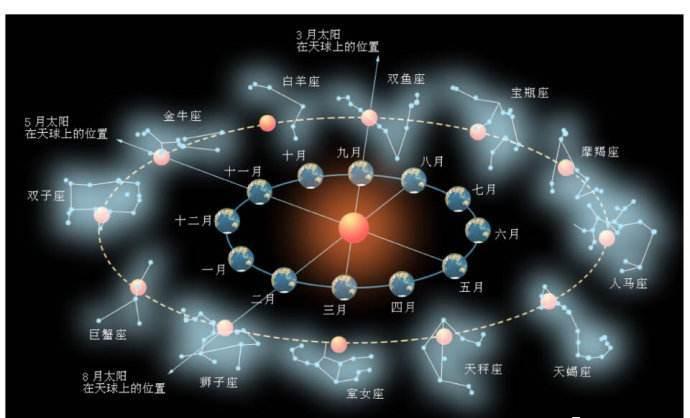
1, the Gregorian calendar is the solar calendar, the sun twice through the interval of the vernal equinox, take the complete calendar day as a year, this in the current popular Western astrology can also see the shadow, Aries is defined as the beginning of the year, the beginning of Aries is the vernal equinox day, March 21.
2. In the early days, it was stipulated that the sun should pass through the vernal equinox on March 21, and the Julian calendar was used until the 16th century, and the date of the vernal equinox was ten days apart from the actual situation, so Pope Gregory promulgated a new calendar Gregorian calendar, which became the current Gregorian calendar.
3) The current Gregorian calendar is actually taken a week after the birth of Jesus, and it coincides with the beginning of a new month. So New Year's Day is the beginning of the New Year, which doesn't have much astronomical meaning and can't give guidance to agriculture.
So the present Gregorian calendar, the solar calendar, originated in Greece, was determined by Rome, and finally became popular in the world because of Christ.
Chinese New Year's Day has always referred to the first day of the first lunar month of the summer calendar (lunar calendar, lunar calendar). Counting from the day of the first day of the first lunar month, it was also very inconsistent before Emperor Wu of han. Therefore, the New Year's Day, month and day of the past generations are not consistent. The Summer Calendar of the Xia Dynasty had the Month of Mengxi (January) as the first month, the Yin calendar of the Shang Dynasty had the WaxInge Moon (December) as the first month, and the Zhou Dynasty's Zhou Calendar had the Winter Month (+ January) as the first month. After Qin Shi Huang unified China, he also took the Yangchun Moon (October) as the first month, that is, the first day of October as New Year's Day
Learn English, learn culture
Teacher Wang Heng's official WeChat